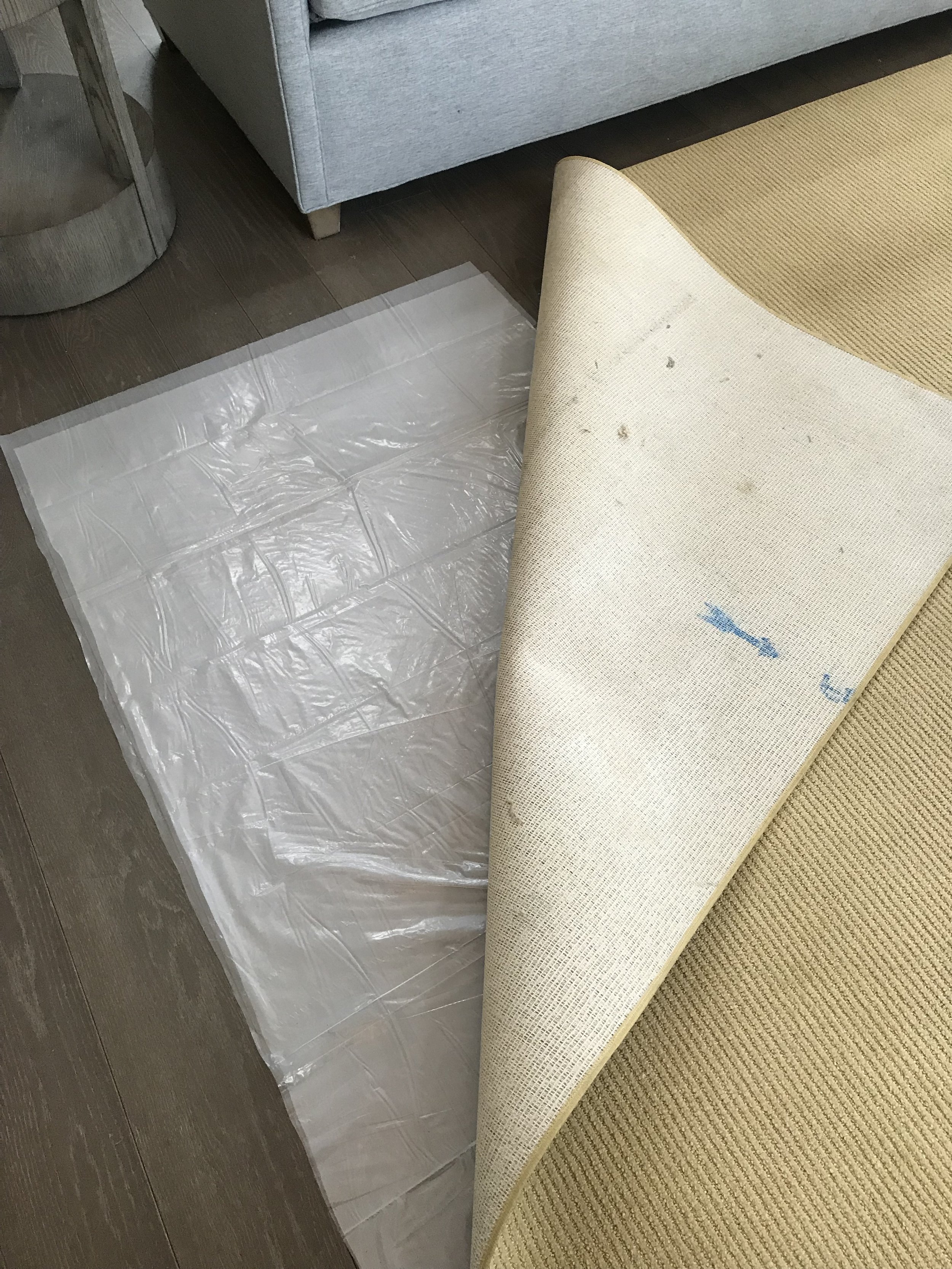We were contacted by a Water Damage Restoration company to restore a pool table top that received water damage and secondary dust accumulation.
Pool table felt quality is crucial to the game. If the felt is sticky, rough, or loose you will not be able to enjoy the game. We needed to use a process that would be minimally aggressive, leave no residue, and limit moisture to prevent delamination of the felt from the table structure.
We initially performed dry soil removal using a horsehair brush and lightly brushing soil into the air stream of our HEPA filtered vacuum. Once the vacuuming was complete, we lightly applied an encapsulant cleaning product, which crystallizes when dry to be removed via vacuuming. This product was lightly brushed into the felt using a horsehair brush. After brushing the table top was dried using high speed air movers. The encapsulant application and drying process were repeated in heavily soiled areas. Once the felt was completely dry, a second vacuuming process, mirroring the first, was performed to remove the crystallized encapsulant.
As you can see from the final picture the table top was safely restored. This process cost about 40% of the replacement cost of new felt. This process also prevented the homeowner from needing to have the table disassembled for replacement, saving precious time that can be devoted to something else.







